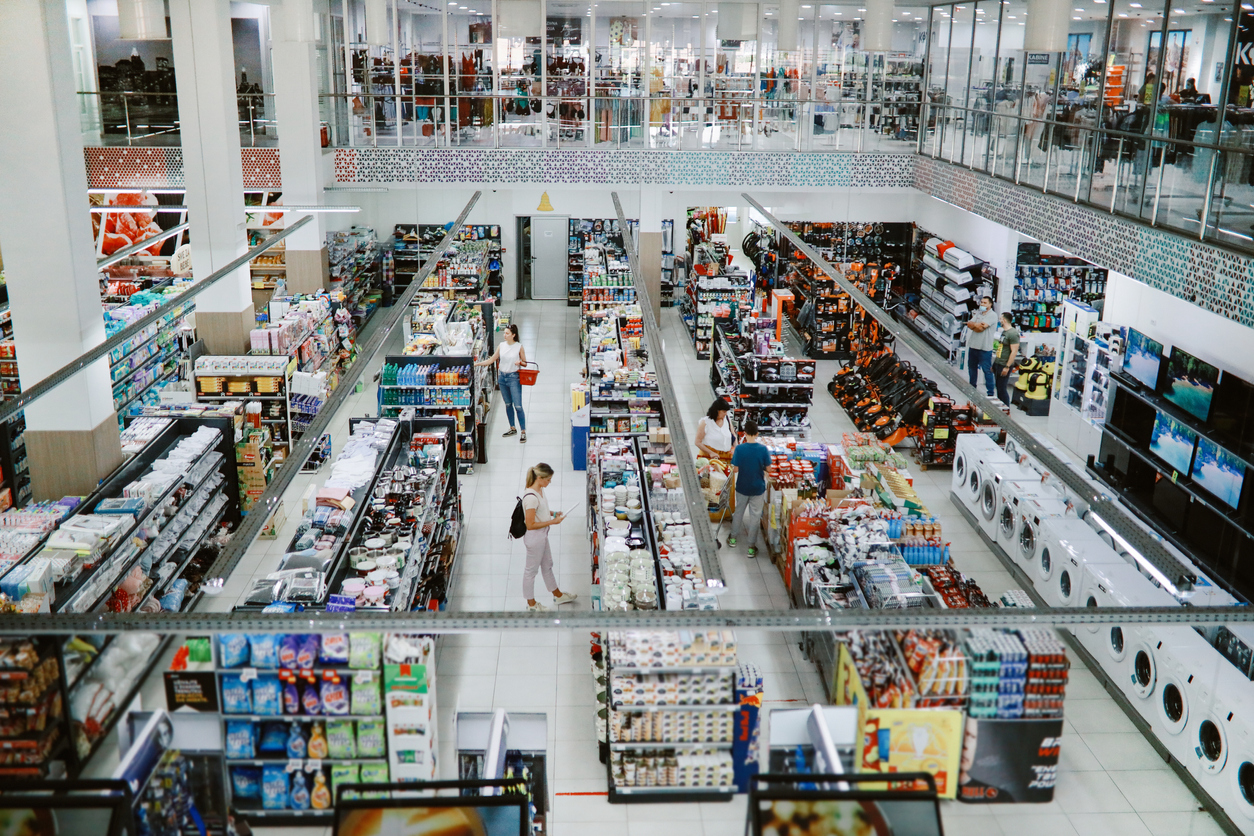Living with Chronic Pain
10 Tips for Making Errands Easier

19 people found this helpful
Print
Share
Save
Running errands can be a grueling task; however, it is a necessary part of life. Completing errands while dealing with chronic pain is often exhausting and overwhelming. It can also result in high levels of pain and fatigue. Fortunately, several steps can be taken to minimize the negative impact errands can place on your body.
Ten tips for making errands easier include the following:
- Consider scheduling errands. Planning activities and scheduling errands on non-busy days can ensure pain and fatigue do not increase. Spreading out errands, or pacing activities, throughout the week may be easier than trying to finish in one day. Doing too much on low pain days can lead to an increase in symptoms that night or the following day.
- Run errands during non-peak times. When possible, avoid running errands during rush hour or at other busy times. Running errands during non-peak times can minimize time spent in traffic, increase the chance of getting a close parking space, and reduce time waiting in lines, resulting in less stress, pain and fatigue.
- Prioritize errands. Completing errands in order of importance is helpful. Beginning with the most important errand and ending with the least important is beneficial if a trip needs to be shortened due to increased pain levels.
- Make a list. Making a list of what is needed can help you avoid backtracking, which saves time and energy. It also ensures pain is not increased due to extra walking.
- Wear comfortable clothing and shoes. Wearing comfortable and supportive shoes are necessary when running errands. Nonrestrictive clothing also makes it easier to use proper posture when lifting items, such as moving items from a cart to the car.
- Avoid carrying a purse when possible. Purses are often heavy and can create strain on one side of your body. Placing necessary items, such as a wallet or phone, in your pockets helps eliminate the need for a purse.
- Consider placing purchases in a backpack. Using a backpack is an ergonomic option for transporting items. To avoid leaning forward, a backpack may be a better option than bags with handles.
- Use mobility aids. Some shopping malls have wheelchair rentals that can prevent walking long distances. Strollers can be used for transporting purchases. Additionally, many stores, especially grocery stores, have electric carts for shopping.
- Ask family members or friends to help. Asking for help may be the best option when pain or fatigue is severe. If a family member or friend mentions going to the grocery store, they may be happy to pick up a few extra items for you. They may also be willing to go by the bank or drop off a package at the post office.
- Consider alternative methods. Oftentimes, shopping can be done online and picked up at the store or delivered to the home. Some pharmacies offer home delivery for prescriptions. In certain areas, the post office allows individuals to schedule home package pickup. Utilizing alternative methods can help ensure pain levels stay low and energy is conserved for errands that must be completed in person.

















